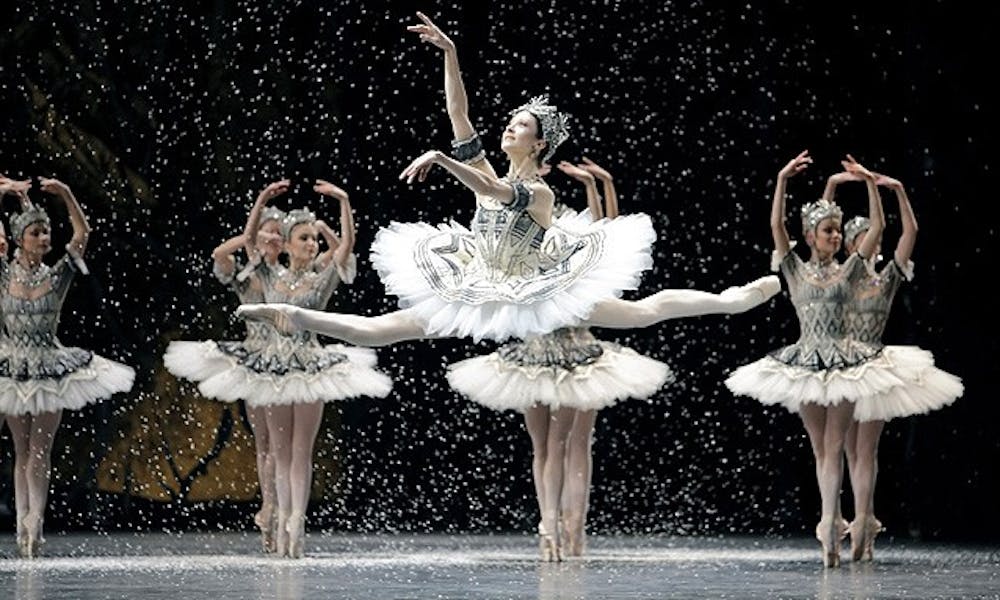Duke students will have the opportunity to witness a behind-the-scenes view of the world-renowned Paris Opera Ballet through a documentary screening next week.
Documentary filmmaker Frederick Wiseman’s “La danse: le Ballet de l’Opera de Paris” will screen Wednesday, Oct. 26 at 7:30 p.m. in the Griffith Film Theater as part of the 2011 French Film Series. The documentary chronicles the Paris Opera Ballet—the oldest national ballet company in the world—as dancers rehearse, perform and everything in between.
Anne-Gaëlle Saliot, assistant professor of French studies, said she wanted to screen the film as part of the series because it confronts a host of typical cliches about French culture.
The film presents dance in a different light than what popular culture depicts it as, Saliot said, citing the popularity of last year’s psychothriller Black Swan. She said the film debunks a lot of the misconceptions of dance presented in Black Swan.
“The cliché of Black Swan is that dance is about self-destruction and romantic images,” Saliot said. “[The documentary] is not a traditional film about ballet...you see a lot of men...and it shows that in order to have a dancer shine, there have to be a lot of people helping out. It’s an homage to the collective aspect of dance.”
She added that it is important to showcase dance as an aspect of French culture, though the creation of ballet in the 15th century took place in Italy.
The documentary highlights the nuances of the Paris Opera Ballet, which as a national, government-affiliated dance company, is different from what would typically be seen in a private company.
“The politics in the French system are very different from a private system,” Saliot said.
Saliot cites one moment in the film—a famous ballet dancer discusses her retirement with the company’s administration-—as a particularly interesting example of something that would not typically happen in a private company.
After the screening, Julie Janus Walters, assistant professor of the practice of dance, and Tom Rankin, director of the Center for Documentary Studies, will lead a question-and-answer session.
Walters, who danced professionally with the Joffrey Ballet in New York City, said the documentary’s frank depiction of the rehearsal process brought her back to her dancing days.
“The rehearsal process... is accurate and interesting because you see not only the choreographers expressing ideas behind the movement, but also then the challenges facing the dancers,” Walters said. “For me it did bring back memories of that most captivating and always hidden ‘behind the scenes’ process.”
The camerawork does not intrude into the rehearsal process, Walters said, adding that it gives the viewer a faithful portrait of ballet.
“The feeling in the studio setting is very real and honest,” she said.
She also said the documentary exposes other aspects of the Paris Opera Ballet that are traditionally removed from the public eye, such as the company building’s underground tunnels, backstage area and dressing rooms.
An previous version of this article said ballet originated in 14th century France. Ballet originated in 15th century Italy. The Chronicle regrets the error.
Get The Chronicle straight to your inbox
Signup for our weekly newsletter. Cancel at any time.

